I want to start off by pointing out that these are blanket observations, and are my own. There are many loyal, trustworthy, and honest individuals in the diamond retail industry and it is important to give them credit for their efforts to keep the industry ethical, and to keep hard earned consumer confidence.
Ethics. They seem simple enough to understand, but somehow are easily passed over, forgotten, or slipped. Every sector of business, education, religion, even our lives has it’s own set and variety of ethics. Many overlap, and are fairly standard “rules” or moral principles of conducting oneself in a socially agreed upon way. As a quick example; just as most individuals would not take a cookie out of a small child’s hand, a business owner should not misrepresent a piece of merchandise to a potential client.
It has unfortunately been my experience lately to work with clients who have been misinformed regarding a diamond they were sold. Whether the color or clarity was not clearly explained (or worse was misrepresented), to carat weight being discussed in very general terms such as fractions. In the diamond industry, as with any sector of business, it is unethical to misrepresent the value, characteristics, or performance of any item. This includes misrepresenting or misleading a diamond’s characteristics in any way to the consumer.
As with any industry there have been growing pains and learning curves that the diamond industry has needed to over come. One of which was how to represent the characteristics of a diamond consistently and accurately in a way that was universal to everyone in the business and could be translated easily to consumers. These are now known as the Gem0logical Institute of America (GIA) color scale of D-Z, and the 11 grades that make up the GIA clarity grading scale. In addition to these scales, the standard of practice is to represent the carat weight of a diamond in decimal form to the nearest hundredth of a carat.
A diamond that was sold as “a carat” may in fact end up weighing 0.97cts, and stating it as being a carat is just plain wrong. While this distinction may seem slight to many, it is unethical to the industry, and will translate to a decrease in value upon resale. All things being equal, there is a fairly large value difference in value between a 1.00ct diamond and anything below that “magic number”. In regards to this common selling practice, Section 23.12 of the US Federal Trade Commission (FTC) Guides for the Jewelry, Precious Metals, and Pewter Industries clearly states that giving carat weight in such general terms without further explanation of the exact carat weight is “unfair and deceptive.”
The same is true with misrepresentation of a diamond’s clarity characteristics and color grade. More often than not, most individuals were told when they purchased a diamond that it was “flawless”, “near flawless”, or “perfect.” To be direct, very few diamonds have a clarity grade of “internally flawless”, and even fewer have a grading of “flawless.” Again, the FTC in the same publication, section 23.17 states in regards to describing clarity:
“It is unfair or deceptive to use the word ‘flawless’ to describe any diamond that discloses flaws…[fusion_builder_container hundred_percent=”yes” overflow=”visible”][fusion_builder_row][fusion_builder_column type=”1_1″ background_position=”left top” background_color=”” border_size=”” border_color=”” border_style=”solid” spacing=”yes” background_image=”” background_repeat=”no-repeat” padding=”” margin_top=”0px” margin_bottom=”0px” class=”” id=”” animation_type=”” animation_speed=”0.3″ animation_direction=”left” hide_on_mobile=”no” center_content=”no” min_height=”none”][and] is unfair and deceptive to use the word ‘perfect,’ or any representation of similar meaning, to describe any diamond unless the diamond meets the definition of ‘flawless’ and is not of inferior color or make.”
Using such general descriptions of a diamonds characteristic’s is not only extremely misleading, but gives an unfair representation of the diamond’s value.
Education and knowledge about what you are buying is the only way to know for sure that what you are paying for is what you are getting. When shopping for a stone, it is important to ask clear questions to what you are purchasing.
“What is the exact carat weight?”
“What is the diamond’s color grade?”
“What is the diamond’s clarity grade?”
Asking specific and direct questions helps to ensure that the information you are receiving is correct, and not just general terms to describe the diamond. Keep in mind that purchasing a GIA certified stone (one that has undergone independent GIA lab verification of it’s characteristics) is the only sure way of knowing that without a doubt your one-carat, colorless, flawless diamond is in fact a 1.00ct, D Flawless diamond.
If you are unaware of what your diamonds characteristics are, contact MJ Gabel and take advantage of a free diamond evaluation.[/fusion_builder_column][/fusion_builder_row][/fusion_builder_container]






